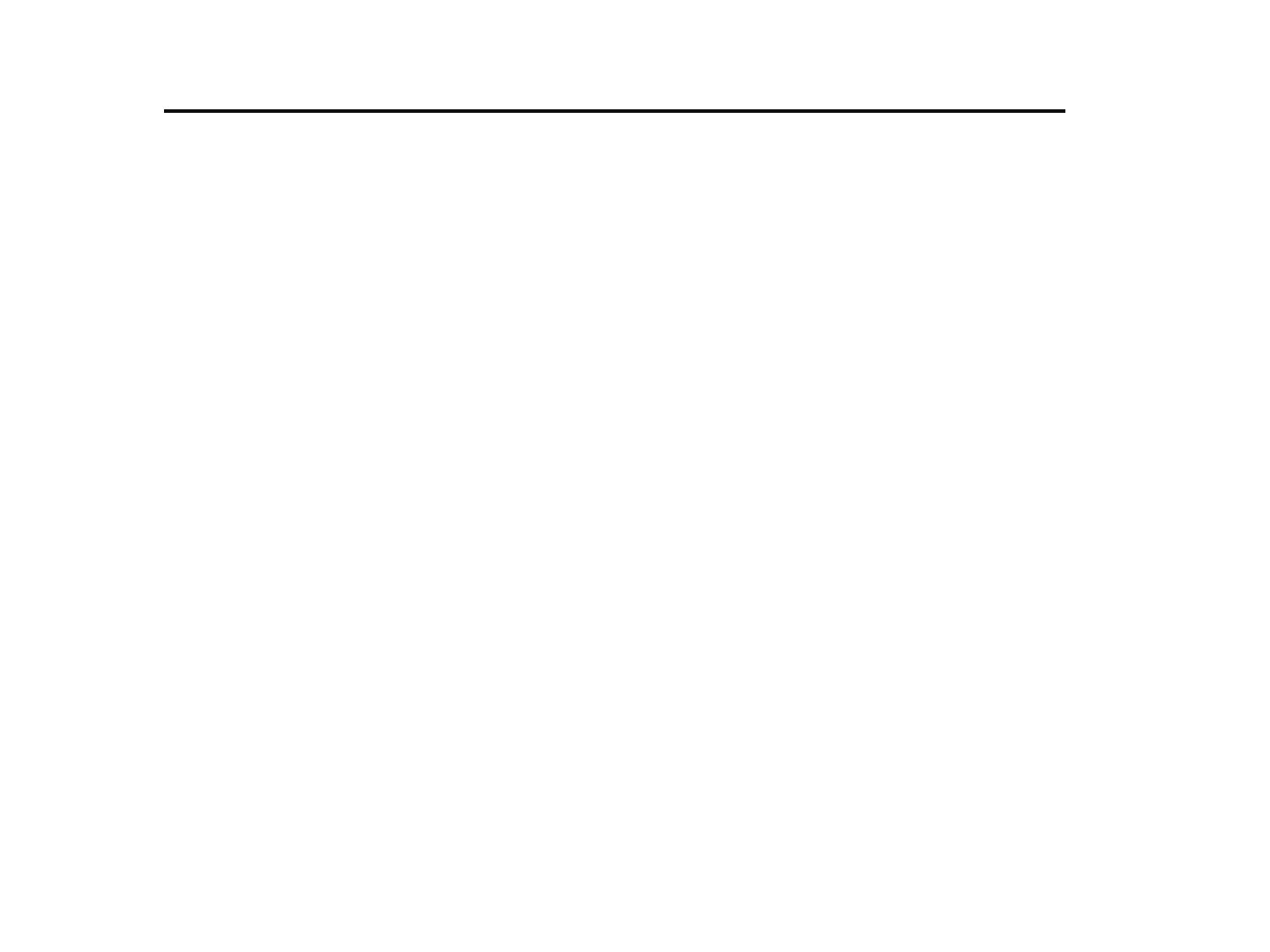
NEONATAL CONVULSIONS:
Paroxysmal alteration of neurologic
function, including behavioral, motor and
/or autonomic changes.
Neonates have higher risk because of
immaturity of the brain.
80% of cases present in the first 48 hours
of life, and it can lead to serious
complications e.g. feeding difficulties, C.P.,
and epilepsy(in 50% of cases).

TYPES
OF
NEONATAL
CONVULSIONS
:
!
1. Focal: is the commonest type.
!
2. Multi-focal: many muscle groups are involved.
3.Tonic: rigid presentation with deviation of
eyes. It has poor prognosis.
!
4. Myoclonic: brief focal or generalized
jerks of the extremities or body (usually
associated with severe brain damage). 5.
Subtle seizures: e.g. chewing,
blinking, apnea, cyanosis, nystagmus.
It is the most common type of seizures
following H.I.E.

!
Any abnormal movement in the neonate is
regarded as fit till proved otherwise & should be
distinguished from normal behaviors in neonates
such as:
- Stretching.
- Spontaneous sucking.
!
- Random, non-specific movements of limbs.
!
- Myoclonus may occur during rapid eye
movement sleep.
- Breath holding.
!
- Jitteriness ( which is stimulus- dependant ,
not accompanied by abnormal eye
movements & stopped by gripping the limb).
!

CAUSES OF NEONATAL CONVULSIONS:
!
1. Hypoglycemia.
!
2. Hypocalcemia , hypomagnesemia.
!
3. Hypo / Hypernatremia.
!
4. Meningitis.
!
5. Intracranial bleeding.
6. Perinatal asphyxia.
7. Bilirubin encephalopathy.

8. Pyridoxine dependency ( a rare A.R.
disorder). Rx by large dose of B6
(100-200 mg i.v.).
9. Cerebral malformations.
10.Inborn errors of metabolism.
11. Drug withdrawal. e.g.Diazepam.
12. Benign familial neonatal seizures (A.D.).
13. Benign idiopathic neonatal seizures
(fifth day fits) diagnosed by exclusion.
14. No cause is found in 10% of cases.

LAB. STUDIES:
!
1. Blood sugar & electrolytes.
!
2. CSF analysis: should be considered in all
cases as seizures may be the first sign of
neonatal meningitis. 3.
E.E.G.
4. Brain ultrasound, CT, MRI.
5. Serum & urine chromatography.
!
!

TREATMENT
:
1. Stabilize vital functions.
2. Stop convulsion by:
!
a.Diazepam (0.3mg/kg iv or 0.5mg/kg rectally),
Lorazepam(0.05mg/kg iv), Medozolam.
b.Phenobarbital 20mg/kg loading dose (can be
repeated after 10min.) then 5mg/kg/day.
!
c.Phenytoin (doses similar to phenobarb.).
!
e.Sodium valproate (iv or rectal).
!
3.Treat the cause & correct metabolic
abnormalities.

DURATION OF TREATMENT:
!
If convulsions are resolved,
if neurological findings are normal,
& if EEG is normal, anticonvulsants can
be stopped within the first 14 days of
life, otherwise it should be continued
for 1-3 months.
The main factor which determine the
outcome is the underlying cause & not
the seizure itself.
